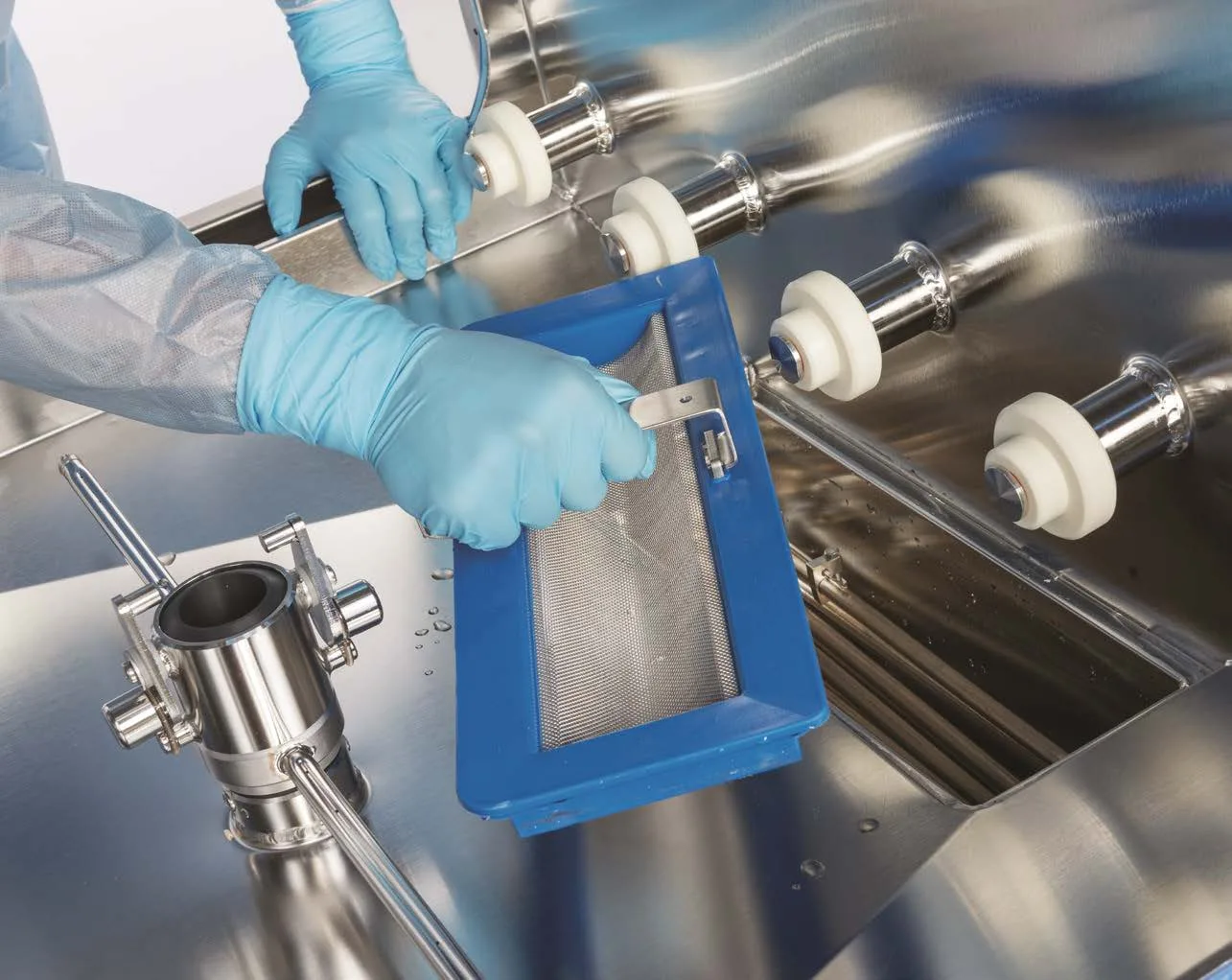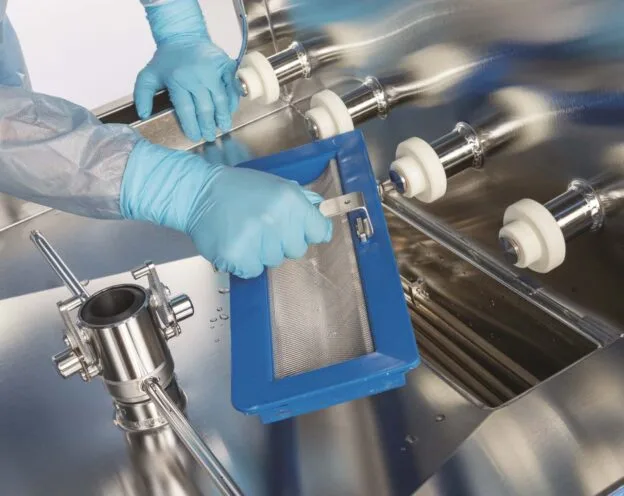By Cody McElroy & Shelley Oldham
Washer-disinfectors play a pivotal role in ensuring the safe and effective reprocessing of medical devices, but even well-maintained washer-disinfectors can occasionally produce unsatisfactory results. When residual soil or debris is found after a cycle, it can compromise patient safety, delay procedures, and prompt compliance concerns. Understanding the underlying causes—ranging from equipment malfunctions to improper loading techniques—is essential for identifying and resolving these issues efficiently.
Learning Objectives
- List reasons for residual soil and debris after a washer-disinfector cycle
- Distinguish between washer-disinfector performance issues and other causes
- Prevent washer-disinfector performance issues through planning
About the Author

Cody McElroy has over 8 years of experience in sterile and endoscopy processing. In addition, his work with STERIS Cody teaches Sterile Processing at Cuyahoga Community College and has been published in Healthcare Purchasing News (HPN) and PROCESS Magazine and spoken at several conferences as a presenter. He is an active member of APIC, CBSPD, HSPA and AORN. Cody holds a BBA from Kent State University and an MBA in Healthcare Administration from Cleveland State University.

Shelley Oldham brings over 20 years of expertise in medical device reprocessing, with a strong focus on supporting healthcare professionals through education, mentorship, and adherence to CSA standards. An active member of the HSPA and CSA communities, she maintains certifications and stays current with best practices. Shelley has led multiple Lean Kaizen events in reprocessing and operating rooms and has delivered hands-on training and in-services to frontline staff and leadership across Western Canada.






